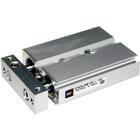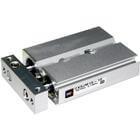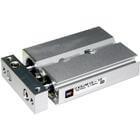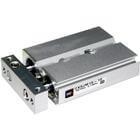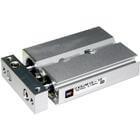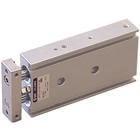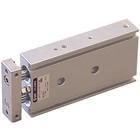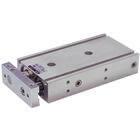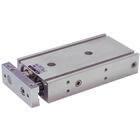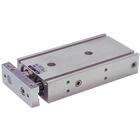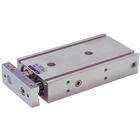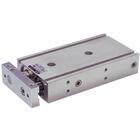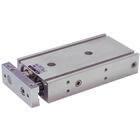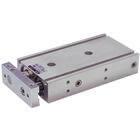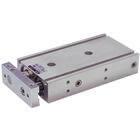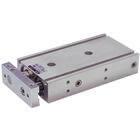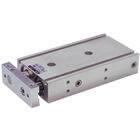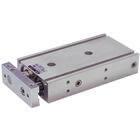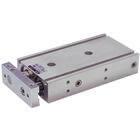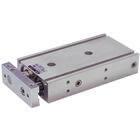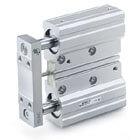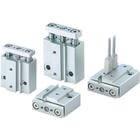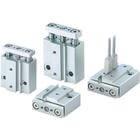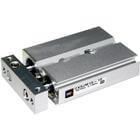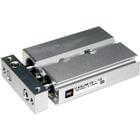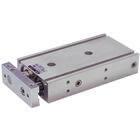SMC Guide cylinders
- CXSJ
- Dual Rod Cylinder
- Compact Type
- CXSJ
- Dual Rod Cylinder
- Compact Type
- CXSJ
- Dual Rod Cylinder
- Compact Type
- CXSJ
- Dual Rod Cylinder
- Compact Type
- CXSJ
- Dual Rod Cylinder
- Compact Type
- CXSJ
- Dual Rod Cylinder
- Compact Type
- CXSL
- Dual Piston Rods
- Ball Bushing Bearing
- CXSL
- Dual Piston Rods
- Ball Bushing Bearing
- CXSM
- Dual Piston Rods
- Slide Bearing
- CXSM
- Dual Piston Rods
- Slide Bearing
- CXSM
- Dual Piston Rods
- Slide Bearing
- CXSM
- Dual Piston Rods
- Slide Bearing
- CXSM
- Dual Piston Rods
- Slide Bearing
- CXSM
- Dual Piston Rods
- Slide Bearing
- CXSM
- Dual Piston Rods
- Slide Bearing
- CXSM
- Dual Piston Rods
- Slide Bearing
- CXSM
- Dual Piston Rods
- Slide Bearing
- CXSM
- Dual Piston Rods
- Slide Bearing
- CXSM
- Dual Piston Rods
- Slide Bearing
- CXSM
- Dual Piston Rods
- Slide Bearing
- CXSM
- Dual Piston Rods
- Slide Bearing
- CXSM
- Dual Piston Rods
- Slide Bearing
- CXSM
- Dual Piston Rods
- Slide Bearing
- JMGP
- Compact Guide Cylinder
- MGJ
- Miniature Guide Rod Cylinder
- MGJ
- Miniature Guide Rod Cylinder
- MGJ
- Miniature Guide Rod Cylinder
- CXSJ
- Dual Rod Cylinder
- Compact Type
- CXSJ
- Dual Rod Cylinder
- Compact Type
- CXSM
- Dual Piston Rods
- Slide Bearing
SMC began operations in 1959 in Tokyo. Starting with the production of industrial filters, SMC quickly became the world leader in pneumatic technology. The high-quality pneumatic components produced by SMC are used in the latest developments in the field of industrial automation. SMC Corporation has consistently dominated the Japanese automation market with over 61% market share. In particular, the company manufactures pneumatic cylinders. We'll take a closer look at SMC guide cylinders below.
Overview of SMC Guide Cylinders
Pneumatic guide cylinders are mechanical devices used to move heavy objects attached to the side of factory equipment. Ball-bearing guides help absorb lateral forces when heavy things move sideways. The cylinders have guide blocks that ensure an even distribution of forces exerted by side loads. Some guide cylinders have damper plates to reduce noise during operation, help increase device life, and are available in single or double stems.
Pneumatic cylinders are used where an output force or thrust in both the retract and extension directions is needed and exceeds the power available from a single pneumatic cylinder. These pneumatic cylinders act as a guide, keeping loads in balance while moving so they don't fall off the equipment that carries them. SMC guide cylinder applications are conveyor systems where side loads move up and down conveyor belts.
SMC offers a wide range of pneumatic equipment, including pneumatic guide cylinders.
Working Principle Guide Cylinders
A guide cylinder is a shaft-type cylinder that can prevent cylinder rotation and damage, save design costs, and be used directly. The guide cylinder consists of two guide rods parallel to the piston rod and the cylinder. It has a compact structure, high control precision, and can withstand large transverse loads and moments.
It can be used to push, lift and restrain the workpiece on the conveyor line. Guide rod and pad cylinder standard specification (if customized, you can contact technology in advance to support cylinder customization)
The average stroke of the guide rod cylinder can be adjusted: the diaphragm of the standard stroke cylinder has been changed, which can correspond to the stroke of every 1 mm.
Selection and Installation Considerations
The selection and installation of SMC guide cylinders require careful consideration of various factors to ensure optimum performance and reliability in your application.
Selection guide
- Determine the SMC guide cylinder specifications, i.e., the load that the guide cylinder must move and the specific requirements of your application. Consider factors such as load weight, speed, cycle rate, and desired level of motion accuracy.
- SMC offers guide cylinders, including single-acting, double-acting, and ball screws. Choose the type that best suits your application's needs.
- Determine the required stroke length of the guide cylinder. Ensure the selected cylinder's stroke length is suitable for your application.
- The size of the cylinder bore determines the output force. A larger bore provides higher strength but may also increase overall cylinder size. Select a hole size that balances force requirements and space constraints.
- Consider the operating pressure of your system. SMC cylinders are designed to operate within specific pressure ranges. Ensure the cylinder you choose can handle the force required for your application.
- SMC guide cylinders offer various mounting options, including foot, flange, and side mounting. Choose the appropriate mounting style for your application needs.
- Consider the operating conditions of the cylinder. Factors such as extreme temperatures, moisture exposure, and corrosive substances can affect cylinder performance. Select a cylinder with appropriate seals and materials suitable for the environment.
- Determine the required speed and accuracy of the movement of the cylinder. Depending on the application, you may need to select a guide cylinder with specific specifications to achieve the desired performance.
Installation recommendations
- Ensure the guide cylinder is correctly aligned with the weight and mechanical components of the system. Misalignment can cause premature wear and reduced performance.
- Follow the manufacturer's instructions for proper cylinder mounting. Use suitable equipment and ensure a secure fit to prevent vibration or movement during operation.
- Ensure sufficient clearance for the guide cylinder to move throughout its entire stroke. Please make sure that there are no obstacles that could interfere with its movement.
- Follow the manufacturer's lubrication recommendations. Proper lubrication is essential for smooth and reliable operation.
- When using encoders for position feedback, ensure the electrical connections are secure and properly routed to avoid interference or damage.
- Plan regular maintenance based on the manufacturer's recommendations. Routine inspection and maintenance can prolong the life of the guide cylinder.
- Consider safety measures such as guardrails and emergency stops if the movement of the guide cylinder poses a potential risk to operators or equipment.
- Before the entire operation, perform an initial test and adjustment to ensure that the pilot cylinder moves smoothly and precisely as the application requires.
If you want more information, you can contact our managers who will answer all your questions. In addition, Eltra Trade is one of the official SMC guide cylinder distributors, so you can always be sure of the quality of our products.
